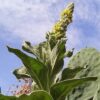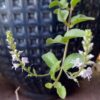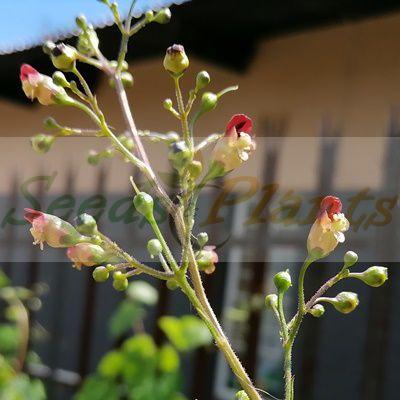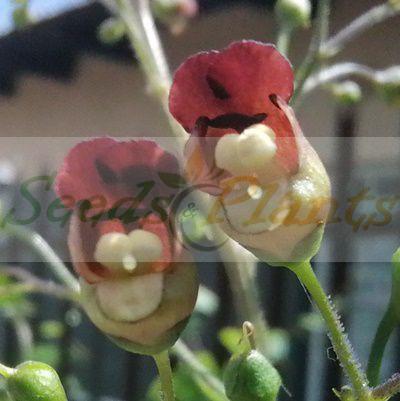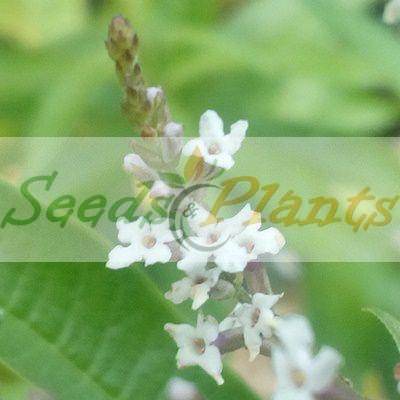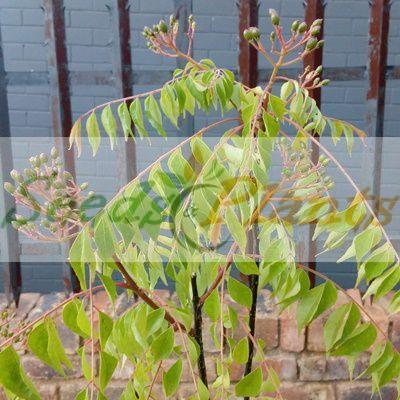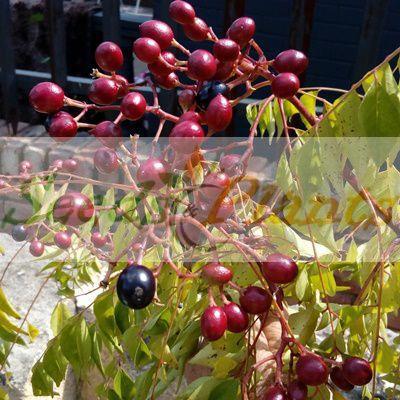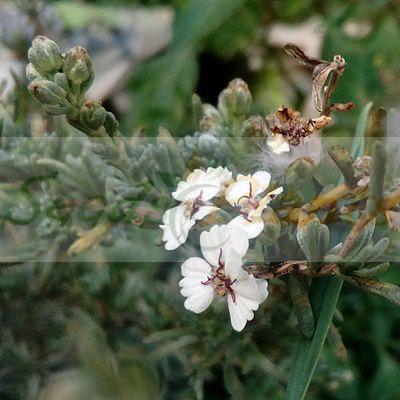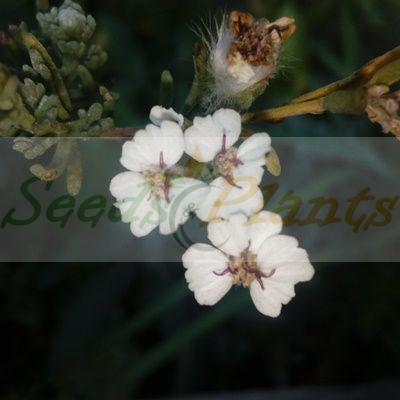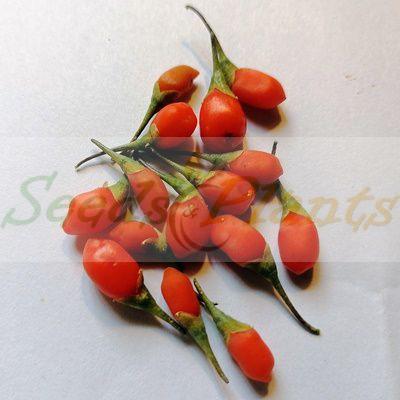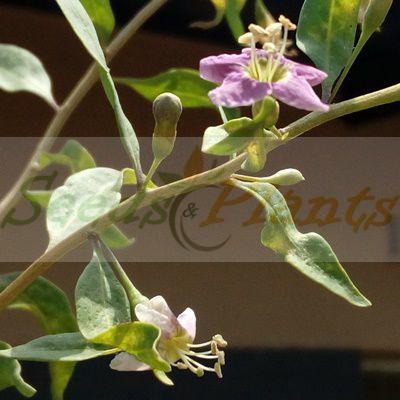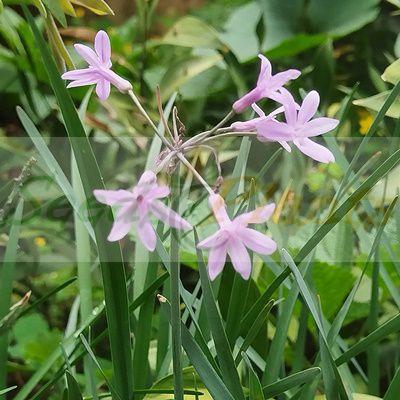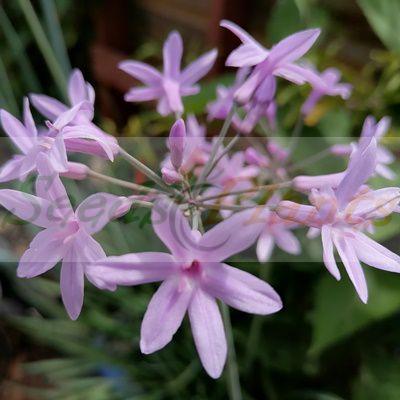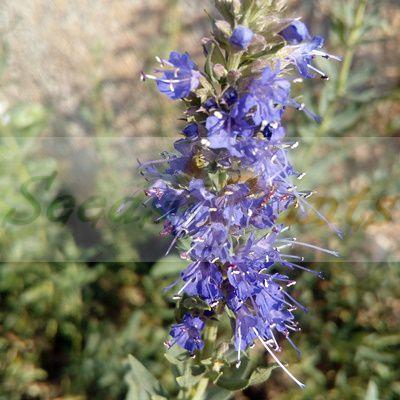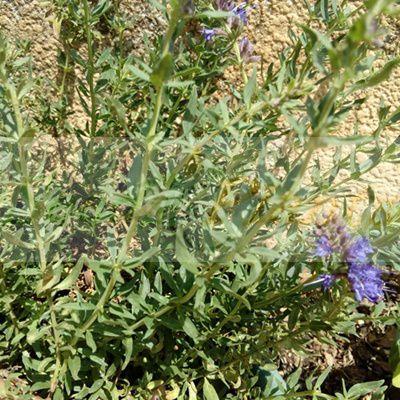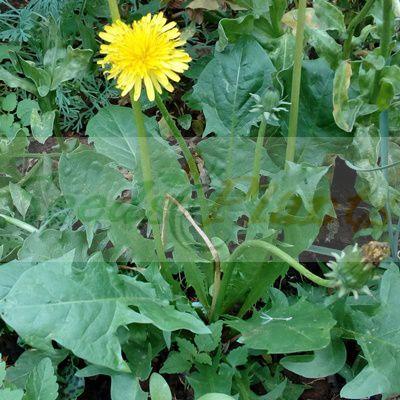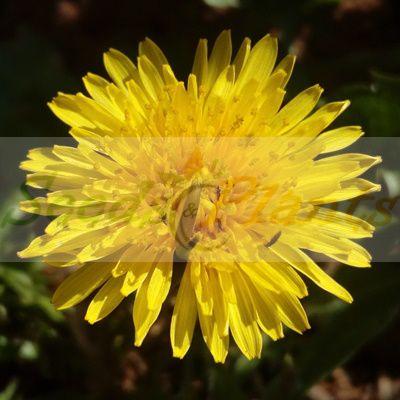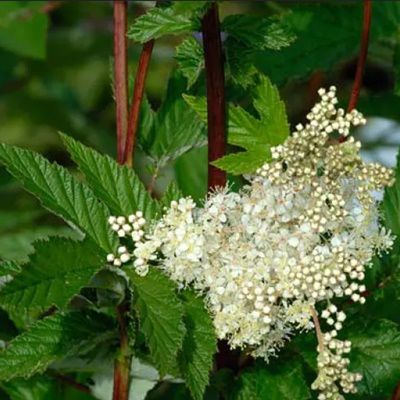🌿 Herbal Quick Facts
Medicinal Info
- 🌍 Origin / Region: East Asia, Europe, North Asia
- 🌿 Medicinal Part: Leaf, Root, Stem
- 🍵 Herbal Preparation: Decoction, Extract / Tincture, Infusion / Tea, Juice, Ointments/Creams, Poultice
- ⚕️ Healing System: European Traditional Medicine
Growth Traits
- 🌱 Life Cycle: Perennial
- 🌾 Plant Type: Herbaceous Perennial
- 🦋 Pollinator Method: Attracts Bees, Attracts Butterflies, Attracts Hoverflies, Attracts Wasps
- 🪴 Growth Habit: Clumping, Upright
- 🌸 Flower Color: Brownish-red
Growing Requirements
- 🌞 Sun Exposure: Full Sun, Shade
- ☀️ Growing Conditions: Cold Tolerant, Frost Tolerant, Low drought tolerance, Low Heat Tolerance, Moderate Temperatures
- 🟤 Soil Preference: Clay, Fertile, Loam, Moist, Sandy, Tolerant of most soils, Well-Drained
Figwort – Approx 100 Seeds
(Scrophularia nodosa)
R30.00
Figwort, is a perennial herbaceous plant. The whole plant is used to make medicine.
Common Names: Figwort, woodland figwort and common figwort.
Seed Type: Organic – Harvested from our own plants.
Indoor Sowing: Cold Stratification and then sow in Spring.
Direct Sowing: Autumn.
Only 3 left in stock
🌿 Herbal Quick Facts
Medicinal Info
- 🌍 Origin / Region: East Asia, Europe, North Asia
- 🌿 Medicinal Part: Leaf, Root, Stem
- 🍵 Herbal Preparation: Decoction, Extract / Tincture, Infusion / Tea, Juice, Ointments/Creams, Poultice
- ⚕️ Healing System: European Traditional Medicine
Growth Traits
- 🌱 Life Cycle: Perennial
- 🌾 Plant Type: Herbaceous Perennial
- 🦋 Pollinator Method: Attracts Bees, Attracts Butterflies, Attracts Hoverflies, Attracts Wasps
- 🪴 Growth Habit: Clumping, Upright
- 🌸 Flower Color: Brownish-red
Growing Requirements
- 🌞 Sun Exposure: Full Sun, Shade
- ☀️ Growing Conditions: Cold Tolerant, Frost Tolerant, Low drought tolerance, Low Heat Tolerance, Moderate Temperatures
- 🟤 Soil Preference: Clay, Fertile, Loam, Moist, Sandy, Tolerant of most soils, Well-Drained
Figwort (Scrophularia nodosa), also called woodland figwort and common figwort, is a perennial herbaceous plant. It grows in moist and cultivated waste ground and thrives in temperate climates with high summer rainfall. The name scropularia comes from the medical term scrofula which is another name for a Mycobacterium tuberculosis infection in the lymph glands of the neck.
Figwort Medicinal Benefits
- The whole plant is used to make medicine.
- People take figwort as a “water pill” to relieve bloating by increasing urine production.
- The plant supports detoxification of the body and it may be used as a treatment for various kinds of skin disorders such as eczema, itching, psoriasis, hemorrhoids, swelling, and rash.
- The whole plant is alternative, anodyne, anti-inflammatory, diuretic, mildly purgative and a stimulant.
- A decoction is applied externally to sprains, swellings, burns, inflammations etc, and is said to be useful in treating chronic skin diseases, scrofulous sores and gangrene.
- The leaves can also be applied fresh or be made into an ointment. Internally, the plant is used in the treatment of chronic skin diseases (such as eczema, psoriasis and pruritis), mastitis, swollen lymph nodes and poor circulation.
- The root is anthelmintic.
- The plant should not be used by people with heart conditions or who are pregnant.
Growing Figwort
Indoor Sowing: Cold Stratification and then sow in Spring.
Direct Sowing: Autumn.
- For indoor sowing, first cold stratify the seeds for 60 days, then sow the cold stratified seeds in spring.
- Direct sowing must be done in autumn for germination the following spring.
- The seeds need light to germinate, so surface sow the seeds and barely cover with soil.
- Keep the soil slightly moist until germination. Germination can be irregular and may take several weeks to several months.
- When the seedlings are large enough to handle, prick the seedlings out into individual pots and plant them out in the summer.
- The species is hermaphrodite (has both male and female organs) and is pollinated by Bees and wasps.
- Suitable for: light (sandy), medium (loamy) and heavy (clay) soils.
- Suitable pH: acid, neutral and basic (alkaline) soils.
- It can grow in semi-shade (light woodland) or no shade.
- It prefers moist soil.
- The leaves can be harvested as the plant comes into flower in the summer and can be dried for later use.
Does this plant have medicinal uses?
Traditionally, Figwort has a history of use in European Traditional Medicine. Seeds are sold for cultivation purposes only.
Disclaimer
Medicinal Information:
All medicinal information on this website is for educational and informational purposes only and may not be construed as medical advice. The information is not intended to replace medical advice or treatment offered by healthcare professionals.
Seeds, Plants, Plant Cuttings, Geophytes and Dried Herbs:
In some countries and provinces, certain plants are deemed as invasive and are not allowed to be planted at all, whilst some plants are allowed to be grown only in certain areas or provinces. The onus is on you as the buyer to familiarize yourself with the regulations pertaining to your location, before purchasing any of our seeds, plants, plant cuttings, geophytes or dried herbs. We will not be held liable, should you purchase any seeds, plants, plant cuttings, geophytes or dried herbs. from us which are prohibited in your country or province.

